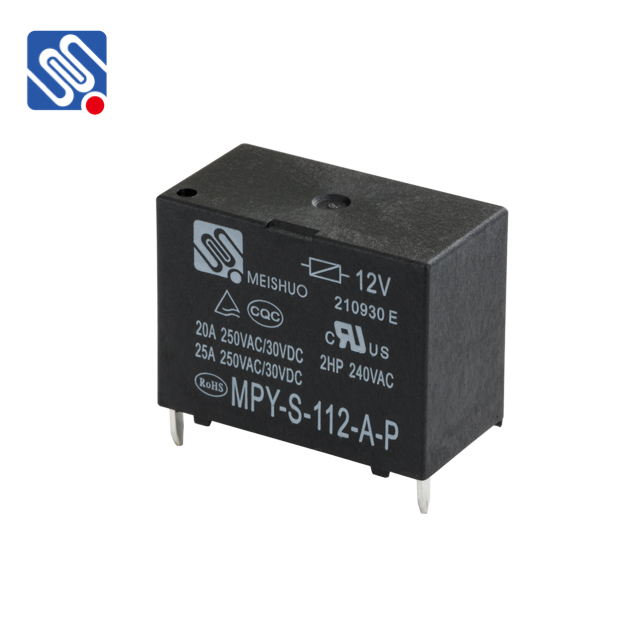Relays are essential components in many electrical circuits, serving as switches to control the flow of electricity. A critical specification to consider when selecting a relay is its voltage rating, which plays a significant role in ensuring the safe and efficient operation of electrical systems. The relay voltage rating refers to the maximum voltage the relay can safely handle without damage or failure, and it is an essential parameter to understand in both the design and application of electrical circuits.

What is Relay Voltage Rating? The relay voltage rating defines the maximum voltage that can be applied to the relay’s contacts or coil without causing damage to the relay or compromising its performance. There are two main types of voltage ratings for relays: Coil Voltage Rating: This refers to the voltage required to energize the relay coil and activate its switch. The coil voltage determines the voltage supplied to the electromagnet inside the relay, which pulls the contacts together (for a normally open contact) or separates them (for a normally closed contact). Contact Voltage Rating: This refers to the maximum voltage that the relay’s contacts can safely switch without risk of arcing or degradation. It is crucial for ensuring that the relay can handle the electrical load of the circuit it controls.
Leave a Reply